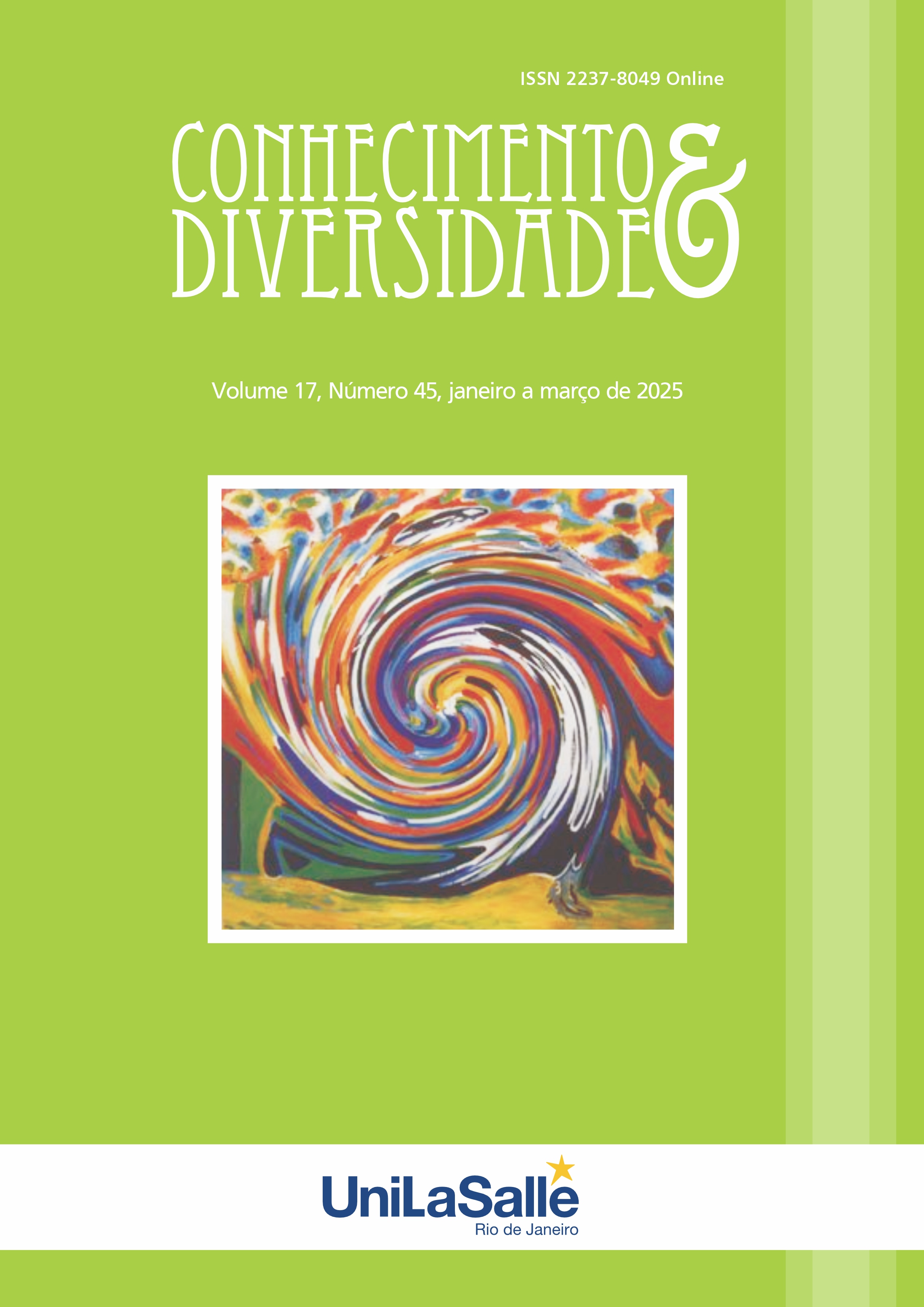TRANSFORMING READING INSTRUCTION
SAUDI TEACHERS’ ADOPTION OF METACOGNITIVE STRATEGIES
DOI:
https://doi.org/10.18316/rcd.v17i45.12355Keywords:
English as a Foreign Language, reading instruction, professional development, teachers’ beliefAbstract
This study explores Saudi EFL teachers’ preferences for the metacognitive strategy approach in reading instruction and identifies factors influencing its adoption. A survey was conducted among 78 Saudi EFL teachers to assess their preferences for the metacognitive strategy approach and the challenges associated with its implementation. The findings revealed a strong preference for the metacognitive strategy approach, with 81.7% of teachers favoring its use due to its effectiveness in enhancing reading comprehension and fostering independent learning. However, several challenges, including limited training, rigid curricula, and cultural barriers, were identified as significant obstacles to its adoption. The study underscores the importance of targeted professional development programs and curriculum reforms to facilitate the integration of metacognitive strategies into reading instruction. It also recommends further research on the long-term impact and classroom application of these strategies.
References
Ali, A. M., & Razali, A. B. (2019). A review of studies on cognitive and metacognitive reading strategies in teaching reading comprehension for ESL/EFL learners. English Language Teaching, 12(6), 94–111.
Al-Khresheh, M. H., & Al Basheer Ben Ali, R. (2023). A mixed method study on the metacognitive awareness of reading strategies used by Saudi EFL students. Journal of Pedagogical Research, 7(4), 30–47.
Al-Kiyumi, O., Seyabi, F. A., & Hassan, A. H. (2021). An empirical study on the effect of instruction on metacognitive strategies on EFL reading comprehension: The case of foundation-level students in Oman. International Journal of Learning, Teaching and Educational Research, 20(1), 220–235.
Al-Nujaidi, A. H. (2003). The relationship between vocabulary size, reading strategies, and reading comprehension of EFL learners in Saudi Arabia [Doctoral dissertation, Oklahoma State University].
Al-Qahtani, A. A. (2020). Investigating metacognitive think-aloud strategy in improving Saudi EFL learners' reading comprehension and attitudes. English Language Teaching, 13(9), 50–62.
Alrabai, F. (2017). Exploring the unknown: The autonomy of Saudi EFL learners. English Language Teaching, 10(5), 222–233.
Al-Seghayer, K. (2014). The four most common constraints affecting English teaching in Saudi Arabia. International Journal of English Linguistics, 4(5), 17–26.
Althewini, H. A. (2016). Teachers’ beliefs about the teaching of reading in English to young learners in Saudi Arabia [Doctoral dissertation, University of Exeter].
Borg, S. (2003). Teacher cognition in language teaching: A review of research on what language teachers think, know, believe, and do. Language Teaching, 36(2), 81–109.
Borg, S. (2006). Teacher cognition and language education: Research and practice. Continuum.
Grabe, W. (2009). Reading in a second language: Moving from theory to practice. Cambridge University Press.
Grabe, W., & Stoller, F. L. (2002). Teaching and researching reading. Pearson Education.
Kan, T., Noordin, N., & Ismail, L. (2024). Implementation of metacognitive reading strategies to improve English reading ability: A systematic review. International Journal of Learning, Teaching and Educational Research, 23(7), 368–389.
Koda, K. (2005). Insights into second language reading: A cross-linguistic approach. Cambridge University Press. Management, 22(17), 3528-3549. https://doi.org/10.1080/09585192.2011.560878
Meniado, J. C. (2016). Metacognitive reading strategies, motivation, and reading comprehension performance of Saudi EFL students. English Language Teaching, 9(3), 117–129.
Semerci, N. & Semerci, Ç. (2004). "Türkiye'de Öğretmenlik Tutumları", Fırat University Journal of Social Sciences, S. 14 (1), pp. 137-146.
Sunay, H. (1998). The importance of physical education teacher and coach in sports education infrastructure. Gazi Journal of Physical Education and Sport Sciences, 3(2), 43-50.
Tümkaya, S., & Uştu H. (2016). The relationship between burnout and professional commitment: a research on classroom teachers. Mersin University Journal of Faculty of Education, 12(1), 272-289. https://doi.org/10.17860/efd.48453
Uştu, H. (2014). Investigation of the Levels of Classroom Teachers' Professional Commitment, Turnover Intention and Sociodemographic Characteristics of Organisational Commitment. Master's Thesis, Çukurova University.
Wallace, J. E. (1995). Organisational and professional commitment in professional and nonprofessional organisations. Administrative Science Quarterly, 40(2), 228-255.
Yap, M., Cukier, W., Holmes, M. R. & Hannan, C. A. (2010). Career satisfaction: A look behind the races. Relations Industrielles/Industrial Relations, 65(4), 584-608. https://doi.org/10.7202/045587ar
Yavas, U., Karatepe, O. M., & Babakus, E. (2013). Correlates of nonwork and work satisfaction among hotel employees: Implications for managers. Journal of Hospitality Marketing & Management, 22(4), 375-406.
Yazicioglu, Y., & Erdogan, S. (2004). SPSS Applied Scientific Research Methods. Ankara: Detay Yayincilik, 49-50.
Yıldız, S. (2020). Development of commitment to teaching profession scale. Anemon Muş Alparslan University Journal of Social Sciences, 8(2), 463-482.
Zhang, L. J., & Seepho, S. (2013). A review of studies on cognitive and metacognitive reading strategies in ESL/EFL contexts. English Language Teaching, 6(10), 1–16.
Downloads
Published
Issue
Section
License
Copyright (c) 2025 Abdulaziz Althewini

This work is licensed under a Creative Commons Attribution 4.0 International License.
As recommended by the Public Knowledge Project, RCD adopts for its articles a CREATIVE COMMONS Attribution CC BY 4.0 license.
This license allows others to distribute, remix, adapt and build upon your work, even commercially, as long as they credit you for the original creation.
This is the most appropriate license offered.
Recommended for maximum dissemination and use of licensed materials.



